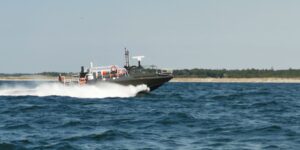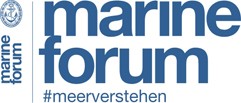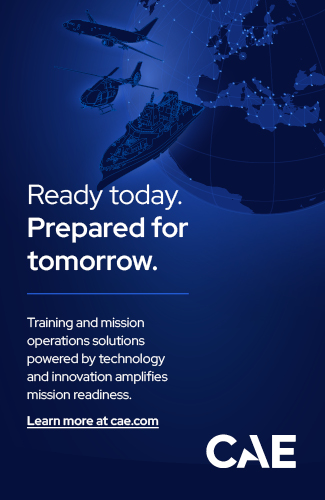With the OPEX test series, the navy is feeling its way towards the future use of unmanned boats. The "Tamsen Jet" from Tamsen Maritim and Anschütz demonstrates what national industrial initiatives can achieve.
OPEX as a testing ground for maritime autonomy
With the Operational Experimentation (OPEX) test series, the German Navy is driving forward the integration of unmanned surface vehicles into its fleet. In two campaigns with different requirements and mission profiles, it is testing existing platforms and demonstrators in order to assess the current status of industrial capabilities under real operating conditions. The results are incorporated into its capability development and are intended to ensure that future procurements are based on targeted tenders.
The first campaign in September involved the "Tamsen Jet" developed by Tamsen Maritim in cooperation with the Kiel-based system integrator Anschütz GmbH - a jet-powered combat boat platform of the Combat Boat 90 type, which was modified in-house for automation and C2 trials. The AUTONOMICS autonomous navigation, command and mission control system from Anschütz, which is based on available, certified components that meet military requirements, has already been presented this year in collaboration with the French shipyard CMN in a high-speed demo of up to 50 knots off Cherbourg.
The second campaign (autumn 2025) includes further international systems, including a collaborative design by Fassmer with ST Engineering from Singapore.

Multi-role capability and mission flexibility
In the reconnaissance mission (ISR/MSA), a "Tamsen Jet" can autonomously patrol coastal waters, harbour approaches or open sea areas. Equipped with a tactical radar, mine defence sonar, AIS, night vision cameras and drone sensors, it detects intruders, smuggler boats or maritime threats. Several "Tamsen Jet" units could jointly escort a convoy or a valuable naval vessel and also intercept asymmetric attackers at an early stage. Despite automation, the option of manned use as transport for troops and special forces in the cabin remains.
Performance profile and test results
There were clear performance requirements for the OPEX run: The system had to be capable of autonomous operating modes (remotely controlled/partially/fully autonomous) including collision avoidance in accordance with the rules, be able to be integrated into a control centre architecture and deliver high performance (30+ knots, 300 nautical miles).
The "Tamsen Jet" travelled long distances in autonomous mode or remote-controlled, only the steering into the parking box was still done manually. The limitations of the model became apparent in rough seas.
Marine in technological change - with a German fingerprint
The OPEX test series allow the navy to evaluate national and international developments under comparable conditions and to derive realistic requirements for future series platforms. For the industry involved, the tests are also an opportunity to verify their systems under operational conditions and to measure themselves against military requirements.
It remains to be seen whether the demonstrators will result in series platforms in the future. However, the OPEX series confirms that the navy is actively shaping technological change - together with an industry that is prepared to innovate in advance. And is ready for dialogue with the navy ahead of the competition.
hum, ajs










